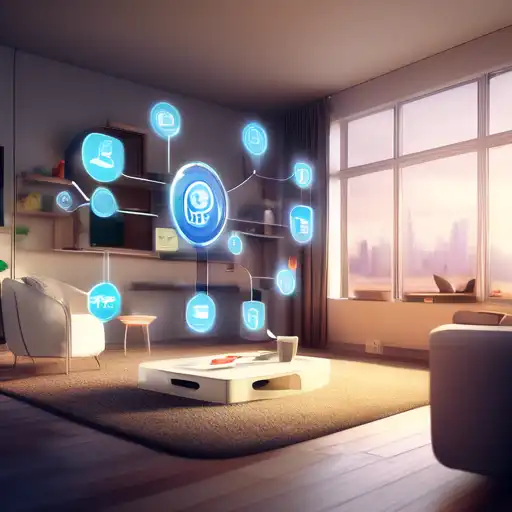Introduction to Smart Home IoT Devices
The Internet of Things (IoT) has transformed the way we live, offering unprecedented convenience and efficiency in our daily lives. Among the most significant impacts of IoT is the evolution of smart homes, where devices communicate seamlessly to provide comfort, security, and energy efficiency. This article explores the top IoT devices that are making homes smarter, offering insights into how they work and the benefits they bring.
1. Smart Thermostats
Smart thermostats, like the Nest Learning Thermostat, learn your schedule and preferences to adjust the temperature automatically, ensuring optimal comfort and energy savings. These devices can be controlled remotely via smartphone apps, making it easy to manage your home's climate from anywhere.
2. Intelligent Lighting Systems
Lighting systems such as Philips Hue allow homeowners to control lights remotely, set schedules, and even change colors to match moods or occasions. These systems not only enhance the ambiance but also contribute to energy efficiency by reducing unnecessary power usage.
3. Smart Security Cameras and Doorbells
Security is a paramount concern for homeowners, and IoT devices like Ring Video Doorbell and Arlo cameras offer real-time surveillance, motion detection, and alerts to smartphones. These devices provide peace of mind by allowing homeowners to monitor their property from anywhere in the world.
4. Smart Locks
Smart locks, such as August Smart Lock, eliminate the need for traditional keys, offering keyless entry through smartphones, codes, or even fingerprints. These devices enhance security and convenience, allowing homeowners to grant access to guests remotely.
5. Smart Appliances
From refrigerators that can track expiration dates to washing machines that can be started remotely, smart appliances are redefining convenience in the home. Brands like Samsung and LG are leading the way with appliances that can be controlled via apps and even voice commands.
6. Voice Assistants
Voice assistants like Amazon Alexa and Google Assistant act as the central hub for smart homes, enabling voice control over various IoT devices. These assistants can play music, provide weather updates, and even control other smart devices, making them indispensable for modern smart homes.
Conclusion
The integration of IoT devices into homes is not just a trend but a shift towards more sustainable, secure, and convenient living. As technology advances, we can expect even more innovative devices to emerge, further enhancing the smart home experience. Whether it's through energy savings, enhanced security, or sheer convenience, IoT devices are making homes smarter in ways we could only imagine a few years ago.
